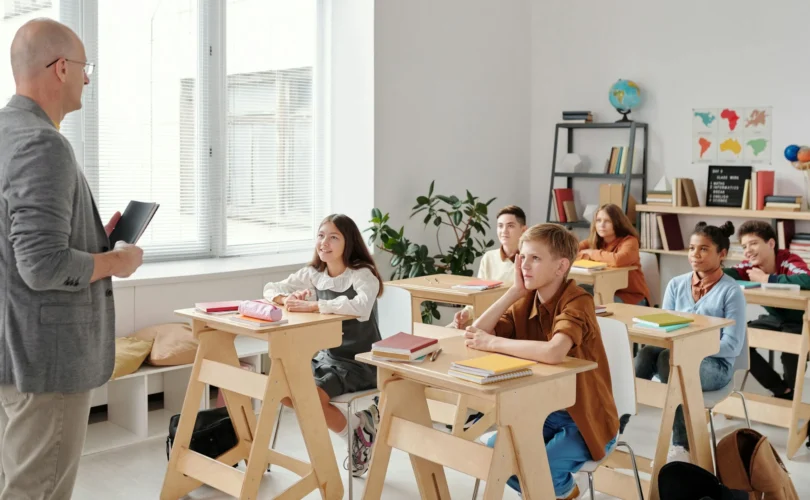-Deva Narayan
Differentiated instruction is an instructional theory that allows teachers to face this challenge by taking diverse student factors into account when planning and delivering instruction. As our classrooms become more diverse, student differences in ability, culture, language, and socioeconomic status continue to grow. It has become clear that one size of instruction does not fit all.
The General Idea
At its core, differentiated instruction is a concept based on the fact that students have different needs, interests, and abilities. Because of these differences, they are motivated to learn through different means and produce different work products that reflect their understanding of the content being taught. Teachers who differentiate instruction understand that they must provide varied approaches to content (what students learn), process (how students learn it), and product (how students show what they have learned) in response to individual student variances in readiness levels (the increasing complexity or abstraction of specific learning objectives), preferred modes of engagement (general interests or what motivates them emotionally), and interests.
A big part of differentiated instruction is being okay with students doing different things at the same time. One way to make this manageable is by using flexible grouping. This may mean you group students based on similar ability levels, interests, or learning styles and then change those groups as needed. Doing this allows you to provide targeted instruction for each student. for instance, while the visual learners are working on a project with lots of diagrams and illustrations, the auditory learners could listen to a podcast or discuss.
Tiered Assignments
Tiered assignments are another form of differentiation that works well in the classroom. With tiered assignments you give out different tasks based on what level they’re currently at but that all aim towards teaching the same content. For example- in science class, one student may be completing simple experiments while another solves complex problems related to the concept being taught.
Technological Aid
The use of technology has become an important part of all forms of differentiated instruction. Through educational apps, online platforms, and other digital tools, educators can create personalized learning experiences based on the needs and interests of the individual student no matter what their combination of abilities may be. For example, a student who struggles with reading can access a computer to make text more accessible. A student interested in math could progress to higher level problem solving through an online game. Technology enriches the process for teachers as well as students because it allows educators to adapt the content delivery system to meet the unique needs or preferences of all learners in one class.
Despite these many positive aspects, it is difficult for most teachers to regularly develop and implement truly differentiated instruction when facilitating lessons in mixed-ability classrooms. It takes time, training, and planning to be able to meet such diverse needs simultaneously within a prescribed curriculum schedule each day. To help manage this challenge, start small by differentiating one aspect e.g., the assessment piece, then differentiate additional learning experiences over time (i.e., from two weeks to a unit plan). Collaborate with colleagues as much as possible as well as seek out professional development that focuses on meeting specific learner variance challenges you face.
In conclusion, differentiated instruction is an essential tool for modern educators. By adapting content, processes, and products to meet the diverse needs of students, teachers can create more effective, inclusive, and engaging learning environments. While it requires additional effort and thoughtful planning, the positive impact on student success and well-being makes differentiated instruction a valuable investment in the future of education.

